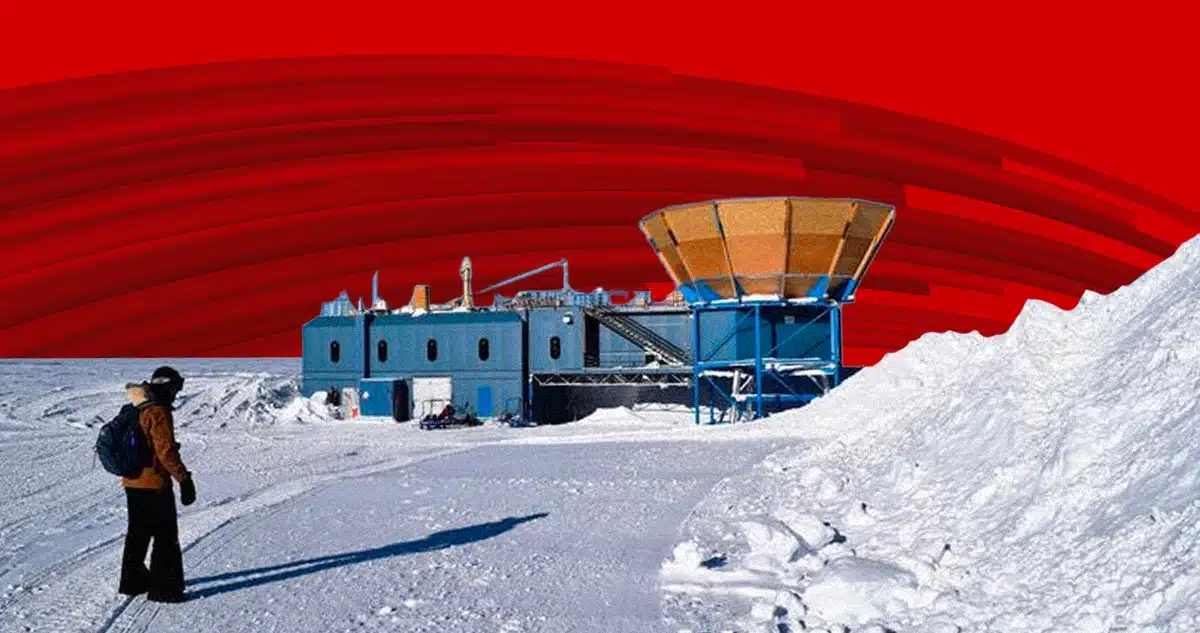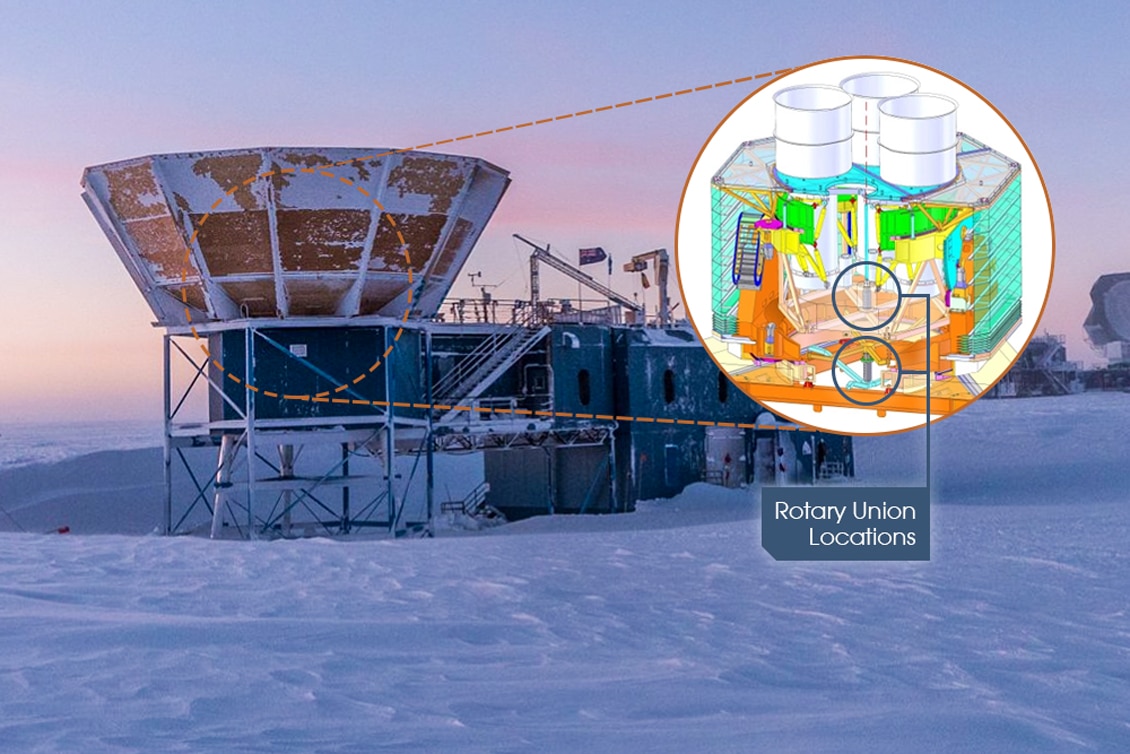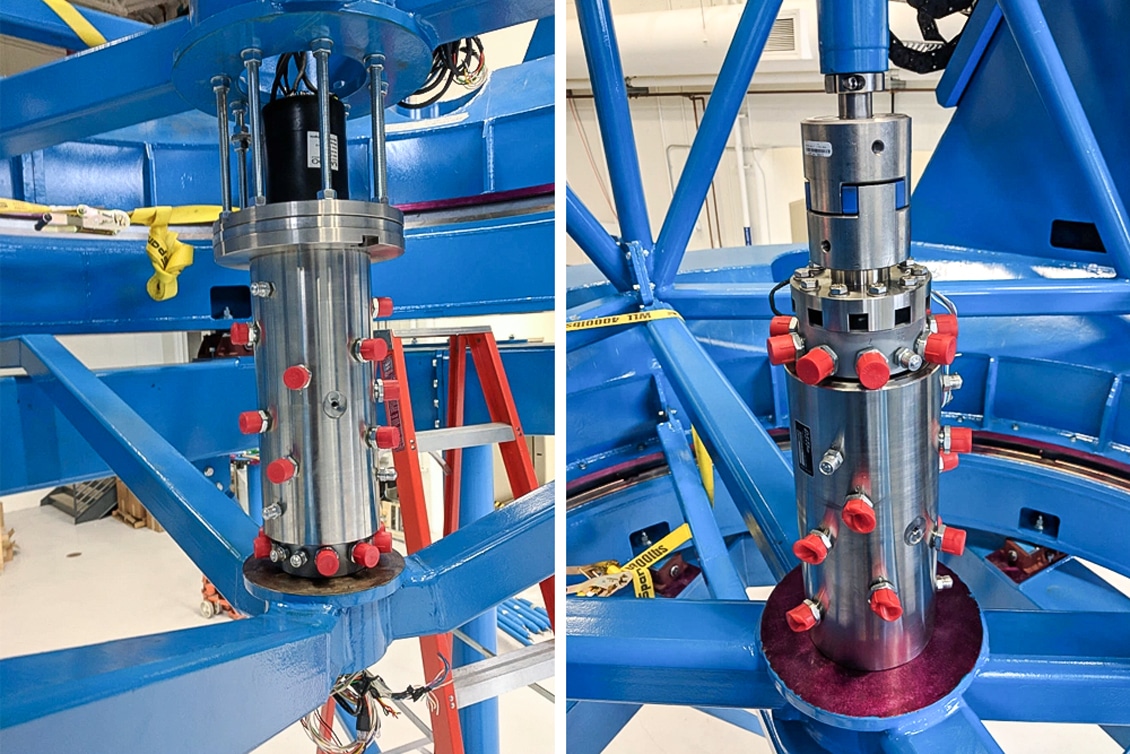Since 2016, DSTI rotary joints have been operational on BICEP3, one of the world’s most powerful telescopes in one of the most remote places on Earth: […]

Since 2016, DSTI rotary joints have been operational on BICEP3, one of the world’s most powerful telescopes in one of the most remote places on Earth: the South Pole.
At the Amundsen-Scott research station, several scientists worldwide are trying to answer the most important questions about the nature of the universe.

What did the universe look like at the origin of time? What physical processes led to the creation of the universe? How do we explain its structure and composition in the present day?
To advance research, measuring instruments such as BICEP3 relentlessly scan the sky and measure even the faintest cosmic background radiation (CMB); in other words, residual heat radiation dating back to the Big Bang, the great explosion that gave birth to the universe 13.7 billion years ago.
Today, the next-generation multi-frequency BICEP Array telescope is being assembled at the University of Minnesota.
The telescope will have four receivers and more than 30,000 detectors inside it capable of producing high-resolution maps that will help scientists better understand the universe.
Buoyed by the success of the DSTI Rotary Joints in the BICEP3 project, the Universities of Minnesota and Harvard have asked DSTI to design and produce two new hybrids (electric + fluidic) combined Rotary Joints.
The DSTI solutions will enable the transfer between the telescope’s two rotary axes of high-purity pressurized nitrogen and helium, along with power and Ethernet signals, .
“The lower end of the joint remains anchored while the upper end rotates along with the structure to which it is connected. Using these Rotary Joints will allow the two parts to remain in continuous rotation, preventing cables twisting,” explains Clem Pryke, Associate Professor at the University of Minnesota.
Currently, postdoctoral researchers and graduate students are working on the project faculty.
The telescope will begin its journey to the South Pole when development activities are complete.
To follow the project, visit the dedicated blog.


